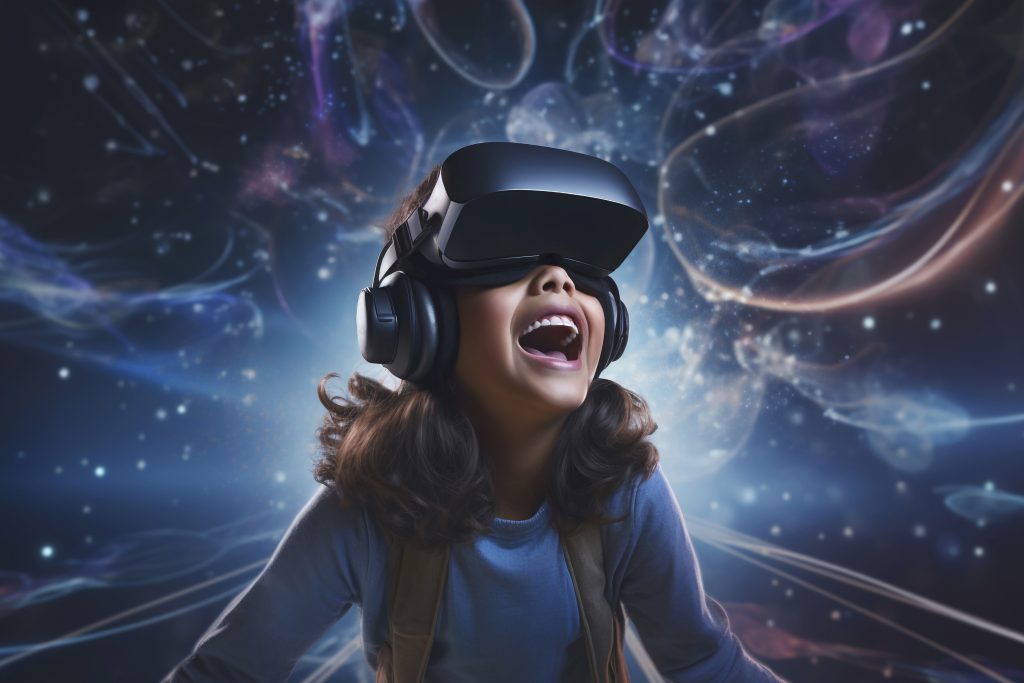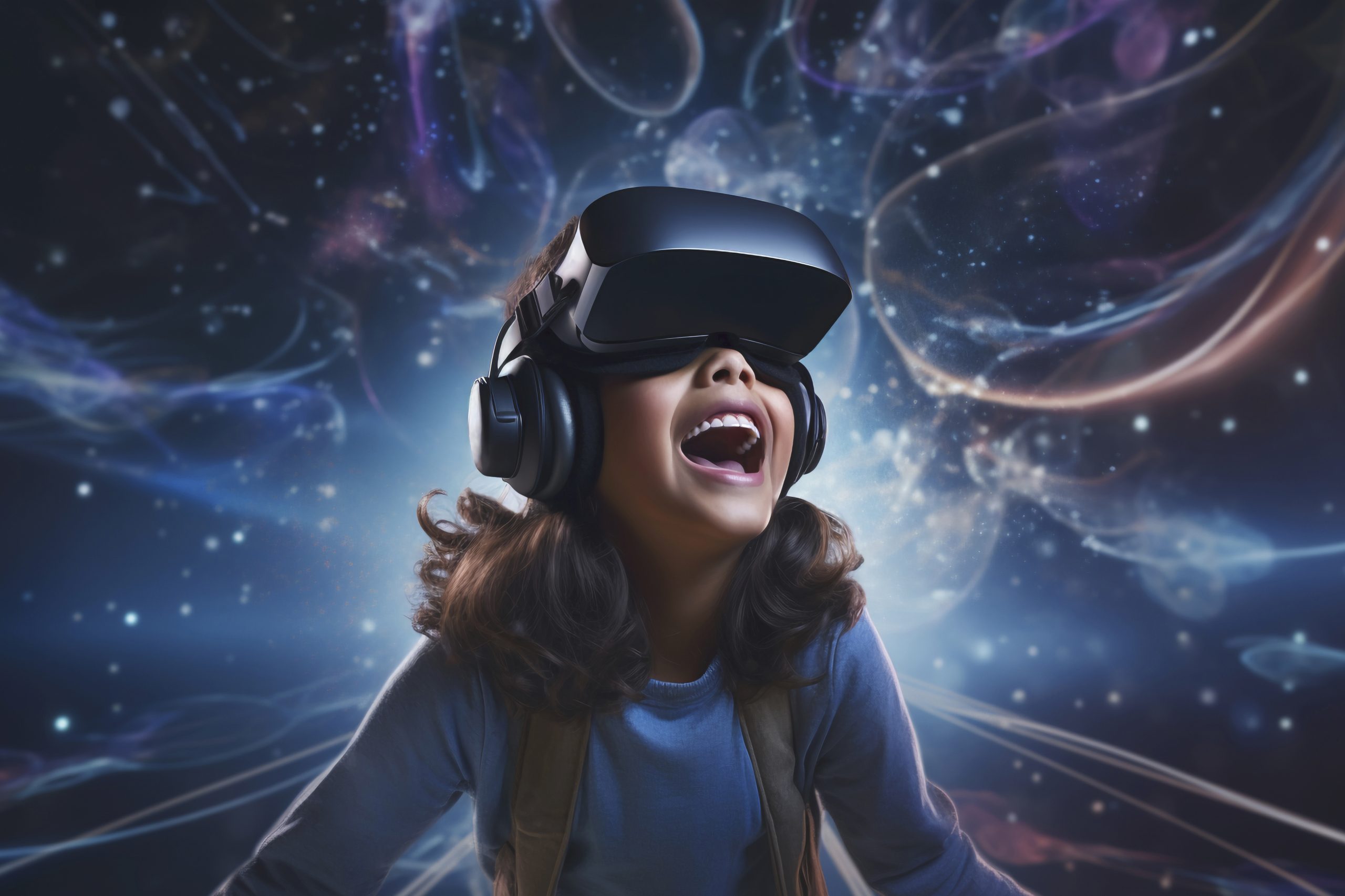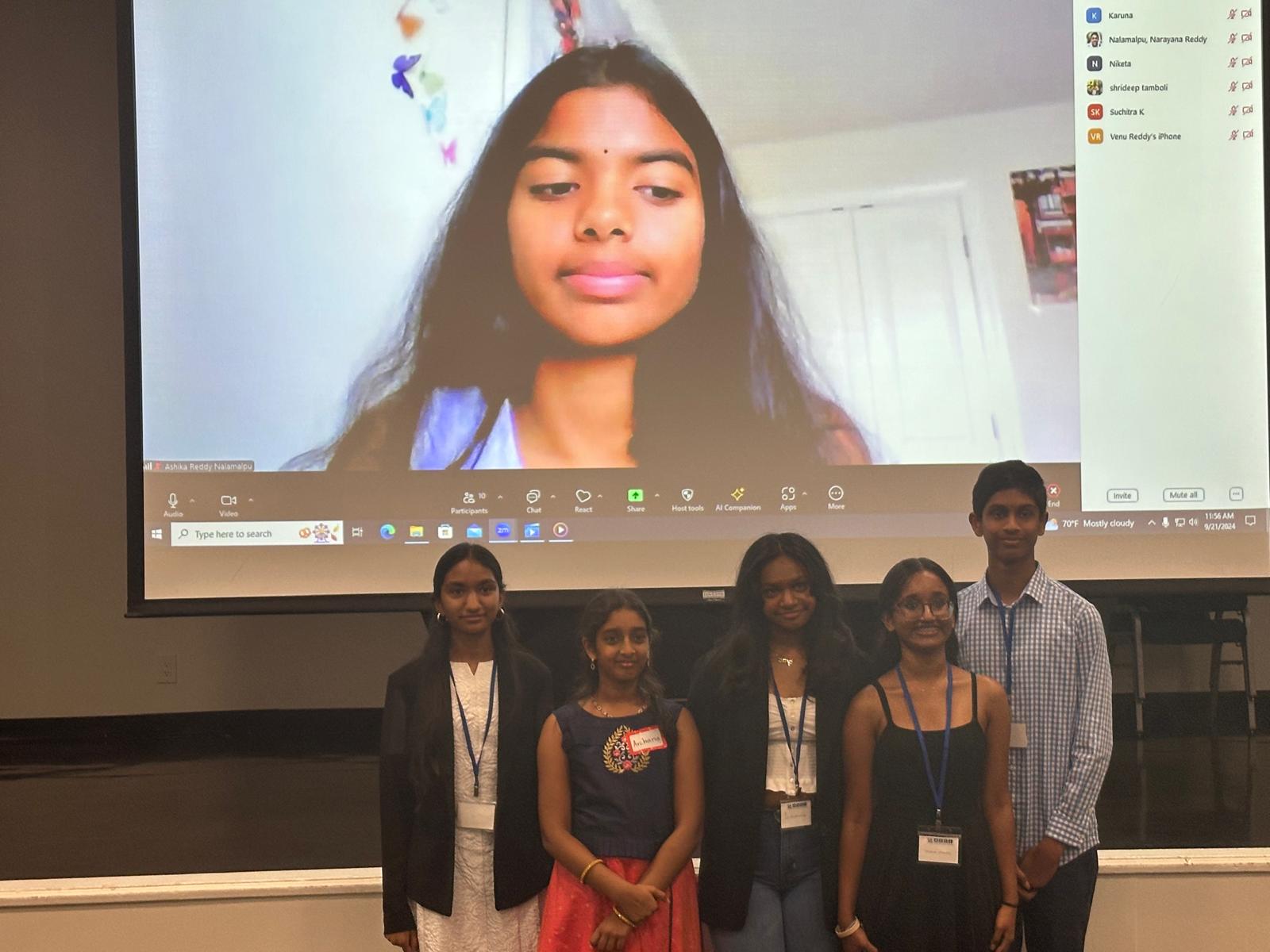Artificial intelligence (AI) is advancing at an extraordinary pace, impacting nearly every industry and aspect of daily life. Breakthroughs in technologies like machine learning, natural language processing (NLP), and robotics have transformed AI into a smarter, more efficient force capable of handling tasks once thought to be exclusively human. Today’s AI systems excel in areas such as image generation, autonomous navigation, and advanced problem-solving. In healthcare, AI not only assists in diagnosing diseases but also personalizes treatment plans. Meanwhile, in finance, AI optimizes everything from automated trading to fraud detection. These advances aren’t isolated—they’re part of a wider transformation where AI’s influence stretches across diverse fields like autonomous vehicles, creative industries, and personalized content generation.
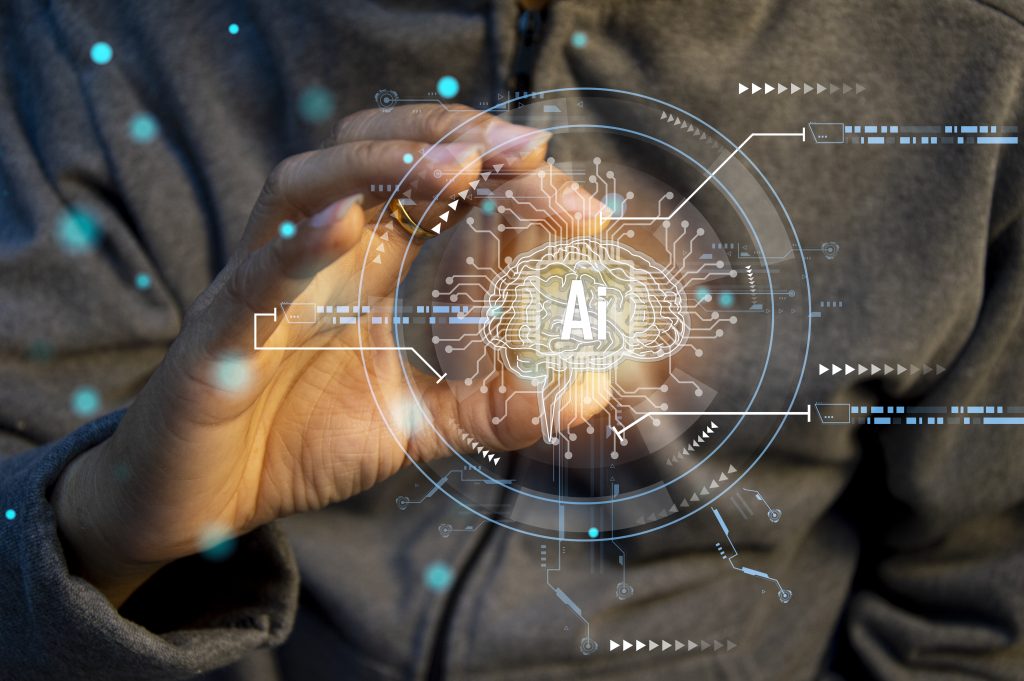
Recent innovations, such as OpenAI’s ChatGPT and DALL·E, have redefined natural language processing and image generation, creating more lifelike interactions and more creative outputs than ever before. Robotics has also seen impressive developments, with robots like Tesla’s Optimus showing promise in manufacturing, logistics, and beyond. AI is now a cornerstone of smart homes, managing everything from energy consumption to security systems. Platforms like Google Bard and AI-powered tools in platforms like Adobe Firefly are reshaping how we interact with technology, bringing AI deeper into content creation, task management, and decision-making processes.
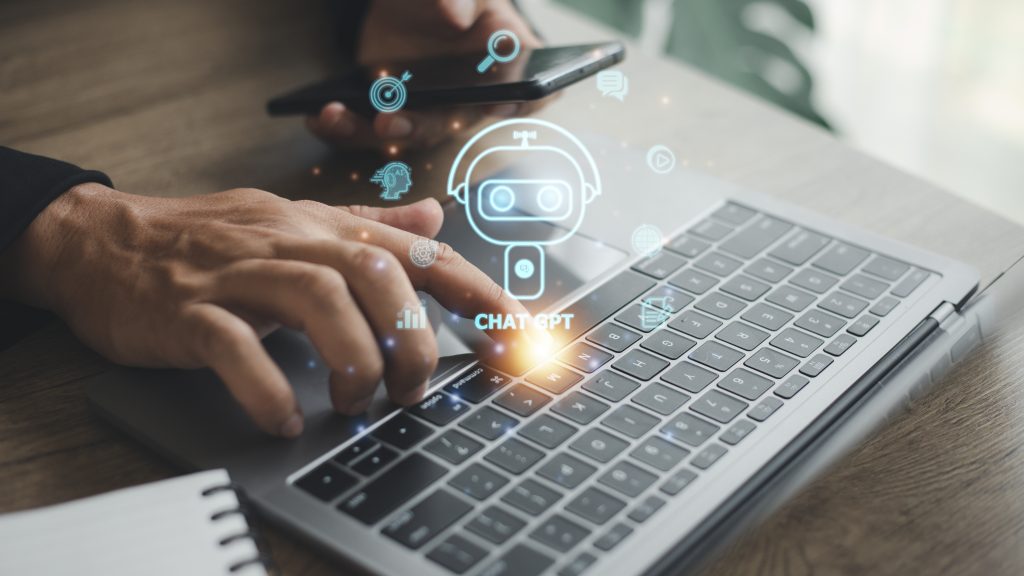
Children growing up in this AI-saturated world are uniquely positioned to shape its future. Their early exposure to AI, from interactive educational platforms to creative AI tools, equips them with the skills and perspectives necessary to influence how AI develops. As natural-born users and future creators, these children will play a crucial role in determining AI’s ethical trajectory, innovative applications, and societal impact.
Here’s How Children Are Poised to Play a Significant Role in Shaping the Future of AI.
1. Early Exposure and Familiarity
- Children growing up with AI as a normal part of life: Today’s children are digital natives. AI-powered toys like Cozmo and smart learning platforms are becoming part of their everyday environment. Household devices like smart speakers, robotic vacuum cleaners, and AI-based educational apps make AI a natural part of their lives. This immersion contrasts sharply with previous generations who grew up with the internet or basic personal computers, suggesting a new kind of familiarity with technology.
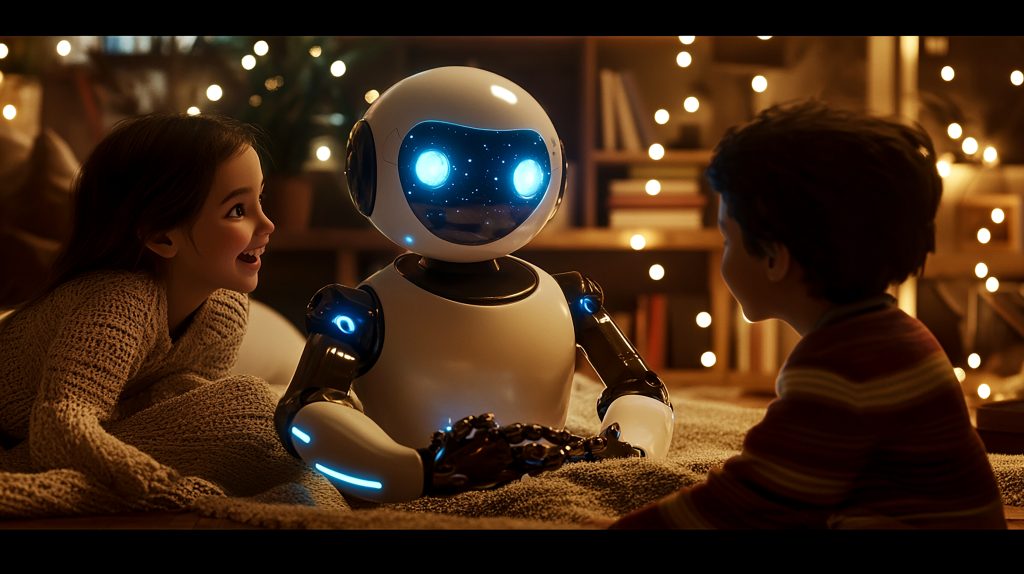
- Compare this to previous generations’ experiences with technology: In the past, new technologies like the internet, personal computers, and mobile phones required a learning curve. Older generations had to adapt to digital devices that were not intuitive or as integrated into their lives. Today’s children, however, don’t view AI as an innovation; they see it as a fundamental aspect of how the world works. They are as comfortable using voice assistants as previous generations were with television, giving them a head start in understanding AI systems.

- Increased comfort and fluency with AI technologies: With constant exposure to AI, children develop an intuitive understanding of how it works. They may not understand the algorithms behind it, but they know how to interact with it effectively. For example, children are comfortable using AI to answer questions, generate content, and even make decisions in video games. This comfort allows them to experiment and push AI’s boundaries in creative ways.
- Potential for more intuitive and creative applications of AI: Uninhibited by preconceived notions or the limitations of past technology, children approach AI with a sense of playfulness and creativity. They might use AI in ways that adults wouldn’t consider, such as combining AI with gaming, storytelling, or artistic creation. Already, children have developed AI-based applications for environmental conservation, social justice, and entertainment. Their imagination fuels the potential for groundbreaking uses of AI in the future.
2. Education and Skill Development
- Integration of AI into educational curricula: AI education is becoming more common in schools, with coding, robotics, and AI-focused courses being offered at earlier stages in a child’s education. Schools are introducing programs where children learn the basics of machine learning, data analysis, and how to build AI models. These initiatives are paving the way for children to grow up with strong technical skills that will be critical in the AI-driven economy of tomorrow.

- Development of AI-specific skills from an early age: In addition to traditional subjects, children are learning skills like coding, data analysis, and problem-solving, which are directly related to AI development. Learning to code not only makes children proficient in programming languages but also teaches logical thinking and the structure of AI algorithms. These skills prepare them to engage meaningfully with AI as creators, not just users.
- Emphasis on human-AI collaboration in learning environments: Schools are also exploring the potential for human-AI collaboration. AI tools like adaptive learning platforms can provide personalized educational experiences by analyzing individual learning patterns. These platforms act as co-teachers, giving children instant feedback and adjusting content based on their progress. The key here is teaching children to balance the use of AI with critical thinking, ensuring that AI supports human intellect without replacing it.
3. Ethical Considerations and Values
- Children’s innate sense of fairness influencing AI ethics: Children naturally question fairness, making them valuable contributors to discussions on AI ethics. As AI systems become increasingly responsible for decisions in areas such as hiring, law enforcement, and healthcare, children’s sense of fairness can drive the development of more just and unbiased systems. They will challenge AI’s potential biases and demand transparency and accountability from developers.
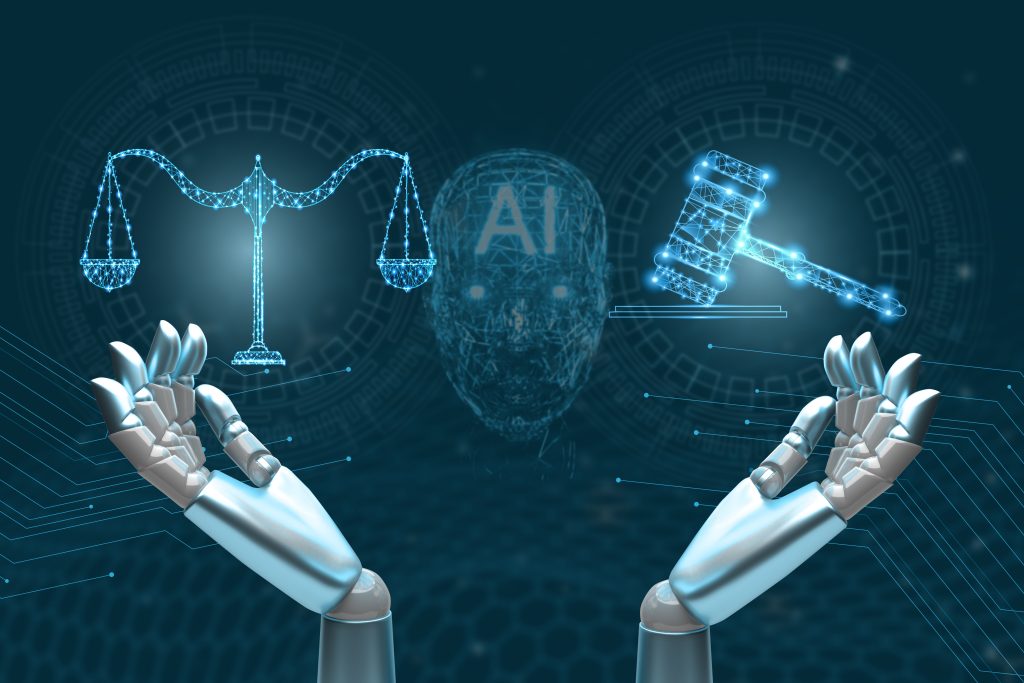
- Shaping AI to reflect diverse perspectives and experiences: Children from various cultural, social, and economic backgrounds will influence how AI systems are designed to serve diverse populations. Inclusivity in AI development is crucial, as AI often inherits the biases of its creators. Children exposed to a globalized, diverse world will push for AI that caters to different communities, experiences, and languages, ensuring that no group is left behind.
- Potential for more empathetic and socially responsible AI systems: Children’s high emotional intelligence, developed through social interactions and learning, could inspire the creation of more empathetic AI systems. AI could be designed to prioritize well-being, social justice, and environmental sustainability. The next generation could drive AI innovations that address global challenges, such as climate change, healthcare access, and education inequality.
4. Innovation and Creativity
- Fresh perspectives leading to novel AI applications: Children’s imaginations are unhindered by traditional technological paradigms. They may envision using AI in ways that older generations cannot. For instance, they might develop AI tools that integrate play with learning, or AI-driven platforms that support mental health and well-being. Their creativity could lead to applications of AI in art, storytelling, gaming, and areas we haven’t even considered yet.
- Combining AI with other emerging technologies in unexpected ways: Children’s seamless interaction with AI and other emerging technologies like VR, AR, and biotechnology might result in synergies that adults haven’t envisioned. They could combine AI with VR for immersive learning experiences or integrate AI with biotechnology to create smarter health devices. These unexpected combinations could unlock new frontiers in science, art, and innovation.
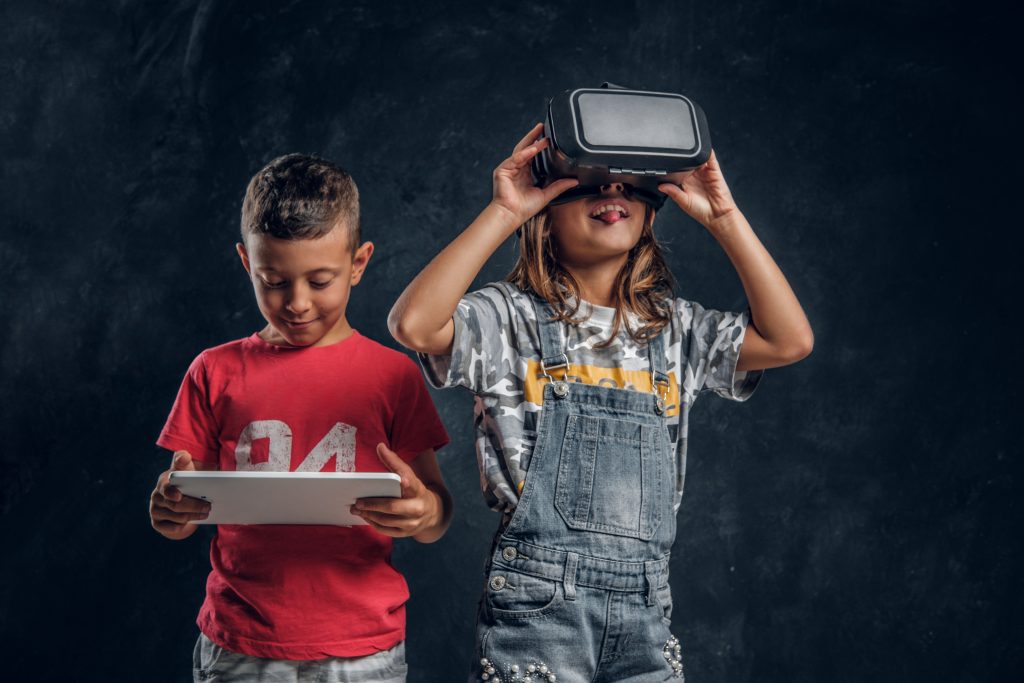
- Potential for AI to augment and enhance human creativity: AI’s role in creativity will expand as children grow up using AI tools to assist in music composition, visual arts, and storytelling. Rather than AI replacing human creativity, it could augment it by providing new tools for inspiration and execution. Children might develop entirely new art forms that blend human creativity with AI-generated content, opening the door to revolutionary creative expressions.
5. The Workforce of Tomorrow
- Preparing for jobs that don’t yet exist: The AI revolution is transforming the job market, with new roles emerging and others being automated. Many of the jobs today’s children will enter as adults don’t yet exist, and education systems need to adapt accordingly. Children will need to develop skills that prepare them for a future of constant change and technological disruption, emphasizing adaptability and lifelong learning.
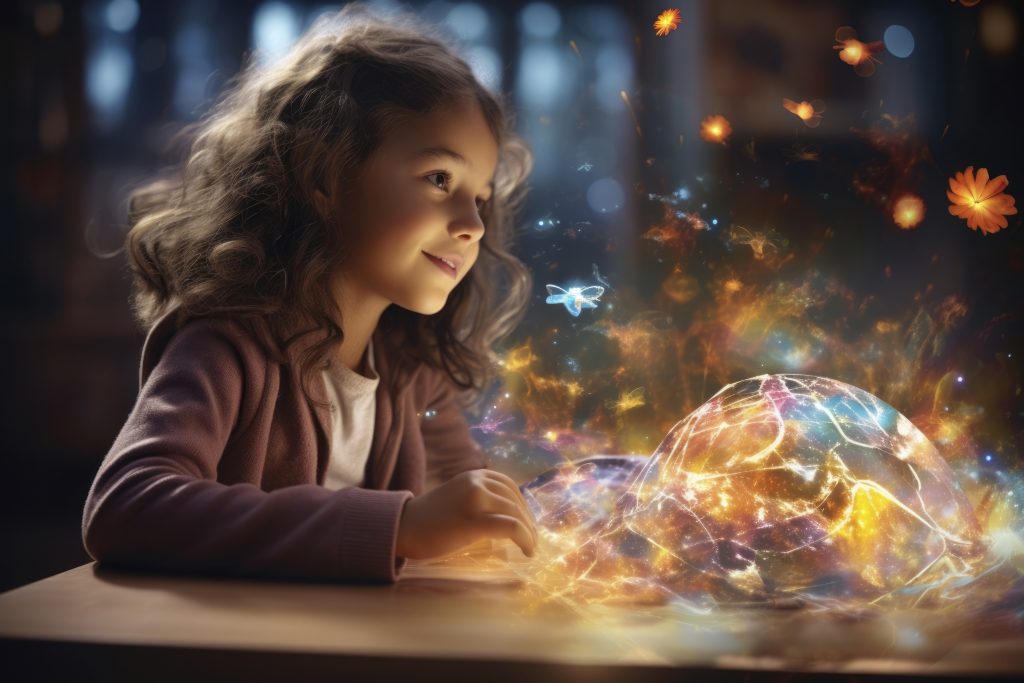
- Shifting focus from competing with AI to leveraging it effectively: Rather than viewing AI as a threat to their future jobs, children will be taught to collaborate with AI systems. AI will automate routine tasks, allowing humans to focus on creativity, strategy, and interpersonal skills. Children will learn to see AI as a tool that enhances their capabilities rather than a competitor.
- Potential for new industries and economic models driven by AI: As AI evolves, it will give rise to new industries, such as AI-powered healthcare, creative industries, and environmental technology. Children growing up with AI will be at the forefront of these developments, driving innovation and shaping economic structures. They may create entirely new business models that leverage AI’s potential in ways we cannot yet foresee.
Conclusion
Children are uniquely positioned to shape the future of AI. Their early exposure to AI, combined with their creativity and innate sense of fairness, will play a pivotal role in how AI develops across industries and societal applications. By fostering AI education, creativity, and ethical awareness in children, we can empower the next generation of innovators and leaders who will harness AI responsibly.
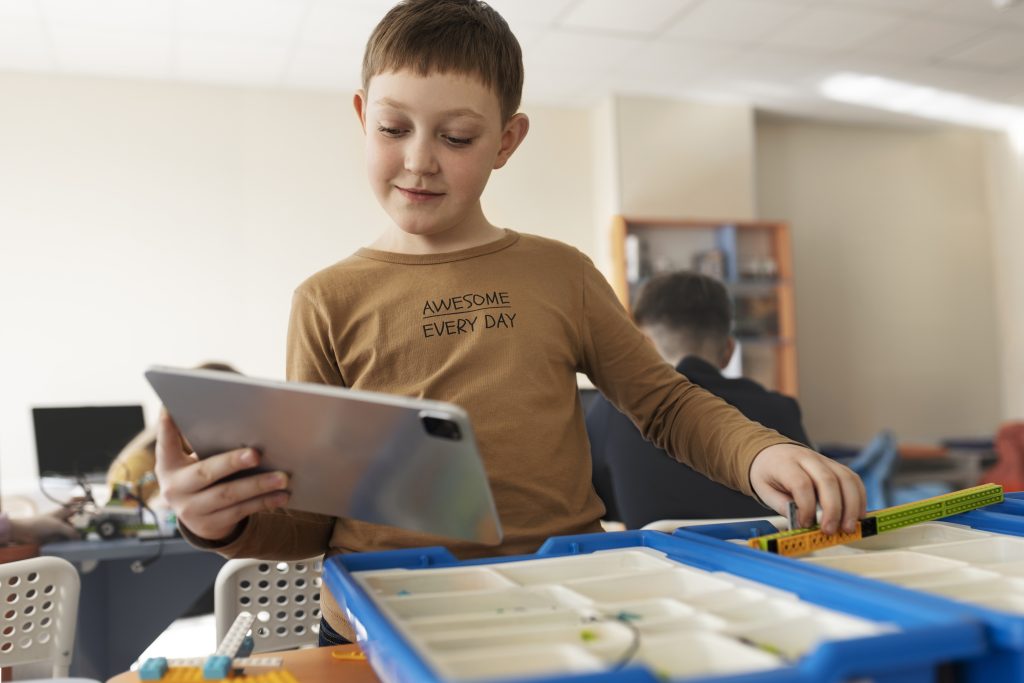
The future of AI will not just be about technological advancement but about ensuring that AI serves humanity in a collaborative and meaningful way. By nurturing children’s relationship with AI, we can create a more equitable, creative, and sustainable world where AI enhances human potential.

